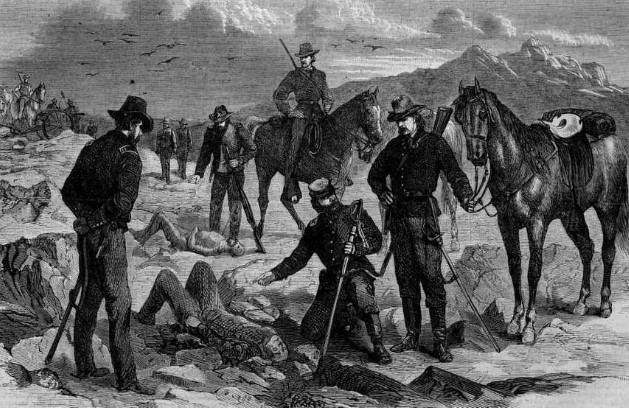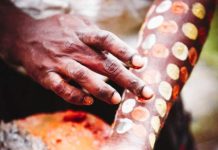From 1872 to 1873, the Modoc War, also known as the Lava Beds War, occurred in northeastern California and southeastern Oregon between the Modoc tribe and the United States Army.
The Modoc Tribe
The Modoc tribe originally occupied ancestral territory along the southern Oregon-northern California border, around Modoc Lake, Little Klamath Lake, Clear Lake, Goose Lake, Tule Lake, and Lost River. As a matter of fact, their homeland was located just south of that of the Klamath. They spoke a Penutian dialect close to the Lutuamian language, which was spoken by a related group of people.
According to the Klamath language, the term Mo-adok refers to the Southerners, but the modern pronunciation of the word is MO-dock. Like their more northern Penutian kin, the Modoc and Klamath were considered to be tribes of the Plateau Culture Area and often traded with their northern Penutian kin in order to survive.
Native Americans of the Plateau were seminomadic hunters and gatherers. Migrations were based on seasonal food availability. Salmon runs were important during this time of year. These ocean fish make easy catches when they swim upriver to lay their eggs. Therefore, migratory peoples lived in semi-underground earth lodges as well as tents covered with mats on the Columbia Plateau.
As a result of the Modoc War, one of the few Indian wars that occurred inside the boundaries of the state of California, the Modoc are often associated historically with the California Indians living to the south of them, despite the fact that their way of life was similar to that of people to their north.
There was little need for large-scale violence among California Indians at the time due to their general tolerance of mistreatment by whites and the government’s peace policy toward Native Americans under the post-Civil War administration of President Ulysses Grant in 1872. The Modoc insurrection of 1872 astonished a lot of Americans.







